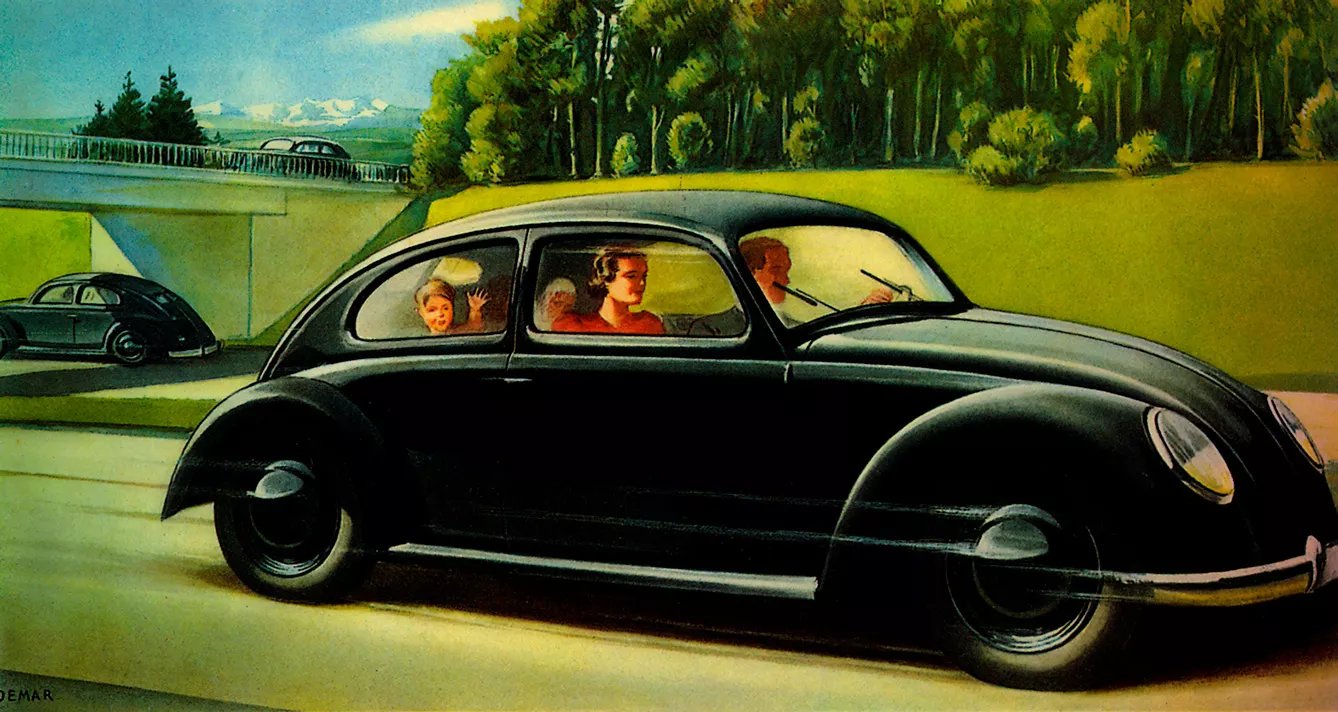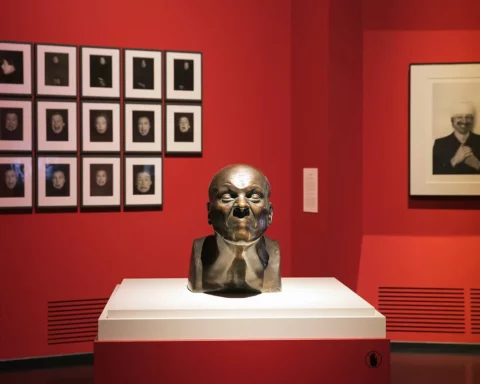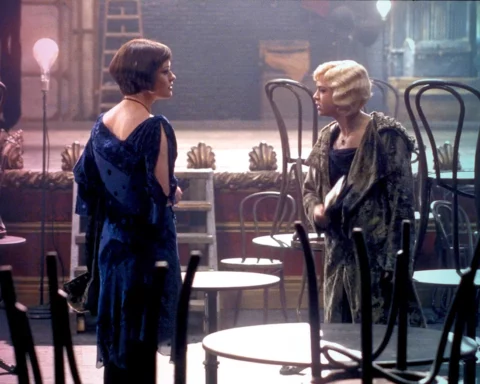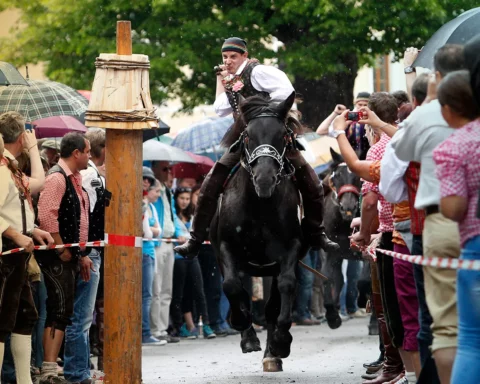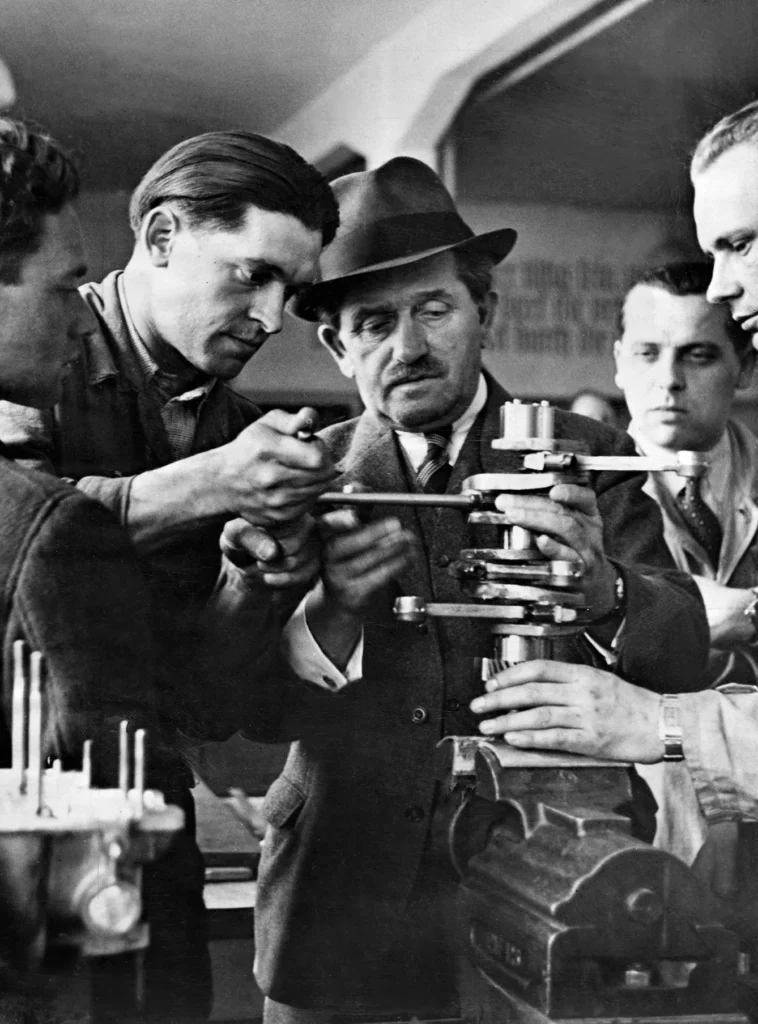
How can you marry luxury and everyday usefulness in the area of motorization? Ferdinand Porsche’s answer was perhaps the most obvious: make two separate cars. Now associated with multiple cult car brands – his eponymous Porsche, Volkswagen, and to some extent also Mercedes-Benz, Ferdinand Porsche was a child of his time – and space.
He was born in 1875 in the Austro-Hungarian region of Northern Bohemia, in what is now part of the Czech Republic. From his original town of Maffersdorf, now Vratislavice nad Nisou, he moved to Reichenberg, now Liberec, to study engineering. After his studies, he then moved to Vienna.
As a young subject to Archduke Franz Ferdinand, during military service, he was the personal driver to the monarch. (*Fortunately for him, this was during peacetime, years before Franz Ferdinand was famously assassinated in Sarajevo in the first act of World War One.)
Ferdinand Porsche, the Czechoslovak
Later again, when the time of empires had passed, and the Austro-Hungarian empire was no more, Porsche chose Czechoslovakian nationality. Then in 1934, he was already an accomplished car designer (or inventor) and was granted German nationality by Goebbels or even Hitler himself.
And that’s only nationality, maybe a spectacular life feature, but not the most interesting part of Ferdinand Porsche’s life. He was just over thirty when he became the chief designer for the Austro-Daimler company. By that time, he was already experienced in car design. Among other accomplishments, he’d built the first ever hybrid car – an electric-combustion hybrid, the technology later applied also to railway locomotives.
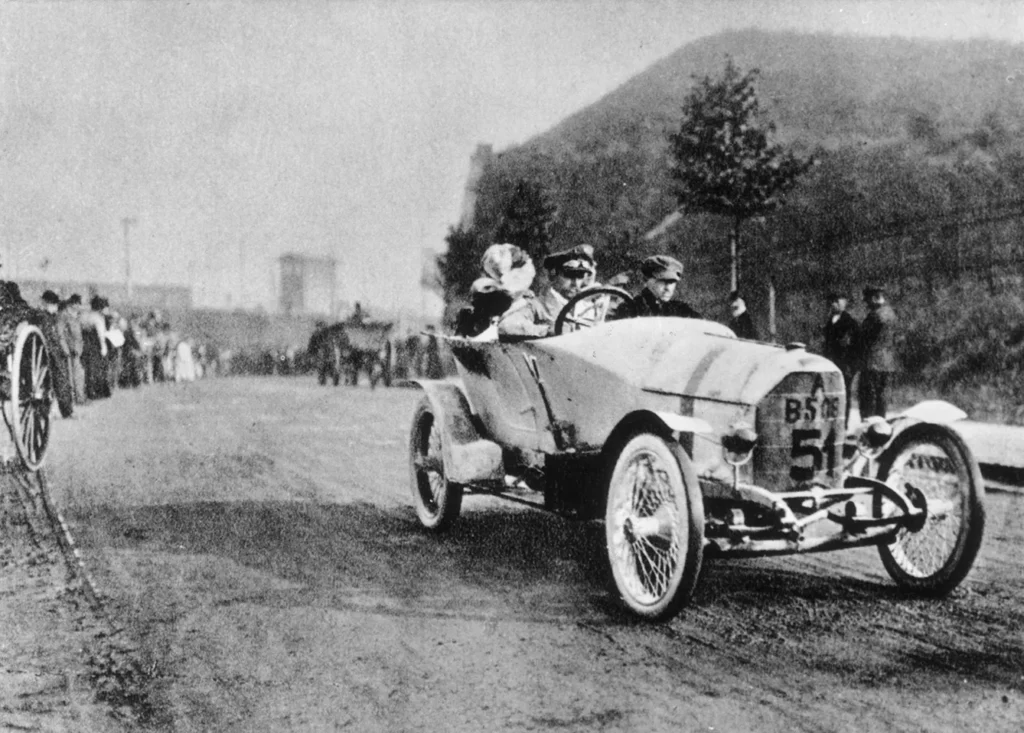
But as an Austro-Daimler designer, Porsche was able to spread his wings. His most famous design of that time was the “Prince Henry,” or Modell 27/80, a racecar designed for the Prince Henry Trials in 1910. He also created a car named Maja, after automobile entrepreneur Emil Jelinek’s daughter Maja. Her older sister bears a more familiar name given to the other line of cars: the sister’s name was Mercedes Jelinek.
Ferdinand Porsche, the Wanderer
After the merger of Austro-Daimler and Benz, the new company came to be called Mercedes-Benz. However, the company was, at the time, focused more on utilitarian machines than slick sports cars, so Ferdinand Porsche opted out. He established his own studio and started designing cars, receiving numerous commissions, such as one for Wanderer. The demand for racecars was in decline, and Wanderer gave Porsche the freedom to design vehicles for “regular people”.
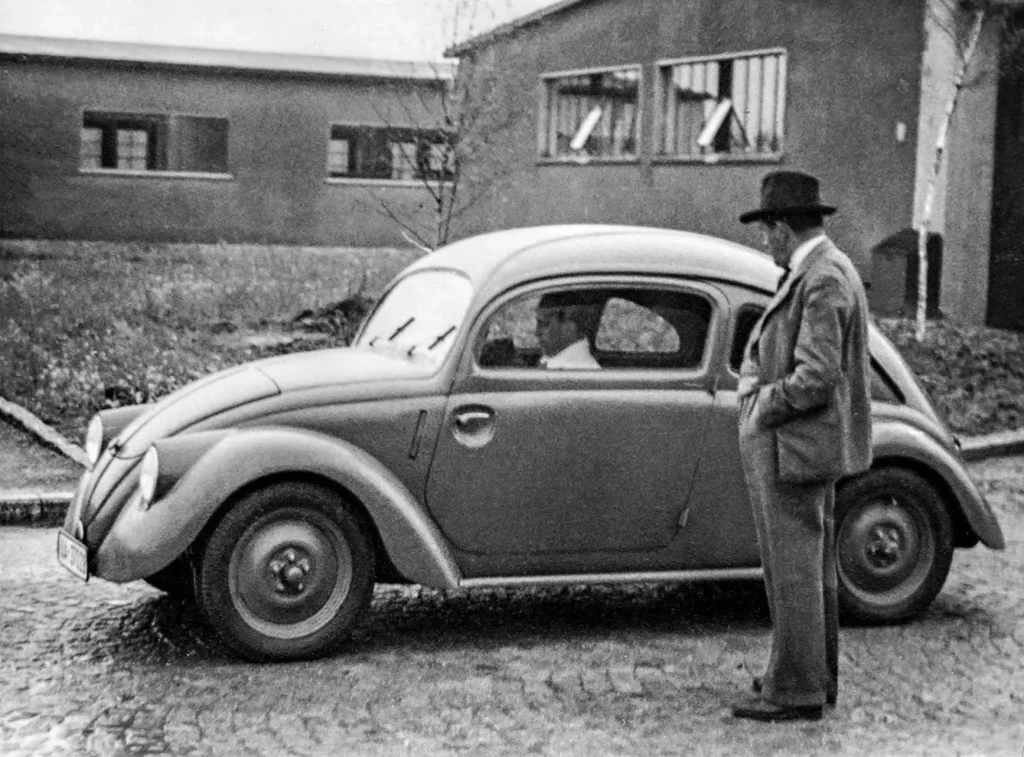
This brings us to Porsche’s work with Volkswagen, which literally translates to “the people’s car.” Hitler was so impressed with Porsche’s previous designs that in 1934, he commissioned Porsche to design a car for the masses. The contract stated that the car would have to be capable of transporting two adults and three children at 100 km/h (62 mph) – and that it would have to be affordable for every German family.
Design for the masses
With several delays, variants – and even one patent lawsuit from Czech car manufacturer Tatra, Porsche designed what was later called the VW Beetle, which also led to the elevation in his status in the Nazi ranks. The mass production of Beetles, not without some ado regarding the reindustrialization of occupied Germany, began just after the end of World War II.
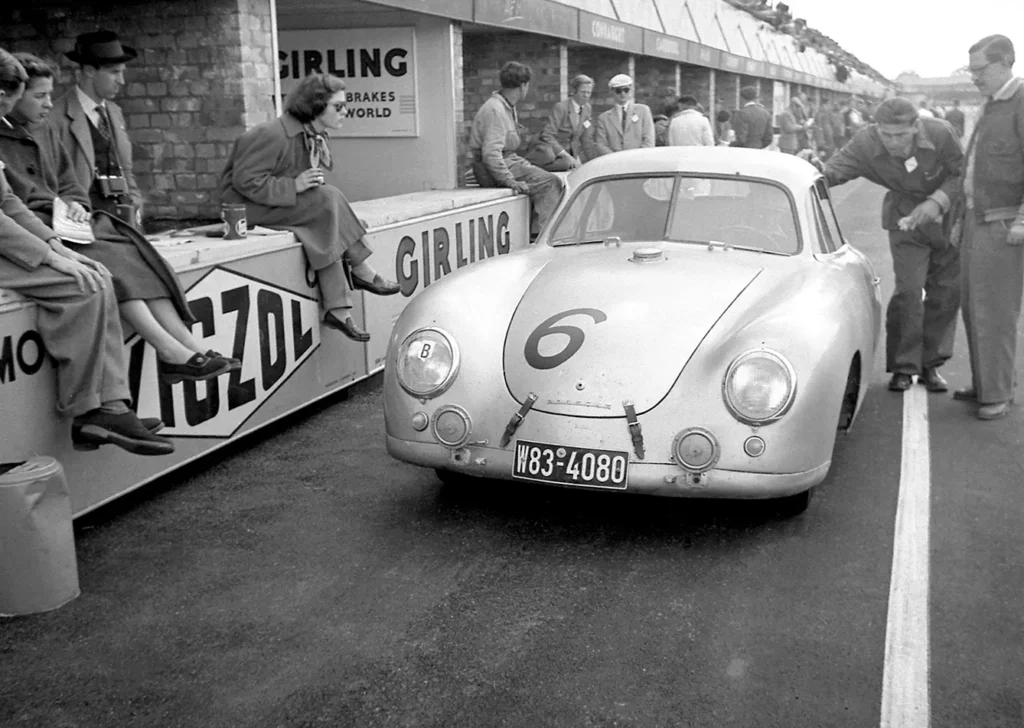
After the war ended, he landed in prison for a time thanks to his alignment with the Nazi party. He eventually launched his own brand with the Porsche 356, the first to suggest the later teardrop-shaped supercars. He was also later contracted by Volkswagen for additional consulting work, negotiating royalties from every Volkswagen Beetle built (which was a not-insignificant 20 million cars). As soon as it was convenient, he moved back to his home in Stuttgart from Carinthian Gmund – the last of his Central-European realignments before his death in the 1950s.


